The primary role of trichomes for plants is purely defensive. We often discuss how trichomes defend cannabis by being sticky traps for insects, minimizing wind and UV damage, and chemically deterring herbivores and insects. Thousands of other plants in the world use trichomes for defense as well, with sophisticated methods suited to the predators they have evolved to avoid.
There is a small, native desert tobacco of North America – called Coyote Tobacco or Nicotiana attenuata. This plant is often attacked by the hornworm, which is a caterpillar/larva of a moth. The trichomes of this tobacco have evolved to create a super-intelligent chemical potion deployed as a secret weapon. These tobacco plants strategized a trojan horse trichome-lollipop that laser targets their coordinates to a foreign ally, an army of lizards. How freaking cool is that!?
In the article, Trichomes as Dangerous Lollipops, scientists explain, “When attacked by herbivores, plants produce toxic secondary metabolites that function as direct defenses, as well as indirect defenses that attract and reward predators of the offending herbivores. These indirect defenses include both nutritive rewards such as extra-floral nectar, as well as informational rewards, such as the production and release of volatile compounds that betray the location of feeding herbivores to predators.”
These scientists showed volatile aliphatic acids from the headspace of the tobacco hornworm are also used by ants to locate their prey.1 This chain of aliphatic acids originates from the digestion of plant O-acyl sugars consumed by the hornworm. The coyote tobacco trichomes secrete O-acyl sugars, which serve as a meal for caterpillars and chemically tag them with a distinctive body odor that the rough harvester ant detects as it forages along the ground. “O-acyl sugars, the most abundant metabolite of trichomes, are thus a potent indirect defense against herbivores that combines both nutritional as well as informational components.”
When you think the amazement ends there, another insect, the big-eyed bug Geocoris spp, detects changes in the ratio of green leaf volatile isomers (terpenes) to locate hornworm’s eggs! To be clear, a tobacco plant produces glandular trichomes (lollipops) that chemically stain moth larvae and eggs to become more detectable to lizards, ants, and big-eyed bug preditors. Multiple chemical components derived from the trichomes affect the caterpillars, their fecal matter, and their eggs. That’s so amazing I do not believe this evolution is out of a process of elimination; this is an intelligent design.
By Max Montrose
trichomeinstitute.com @trichome.institute @max.montrose
Source: Trichomes as dangerous lollipops
William F. J. Stork, † Alexander Weinhold, and Ian T. Baldwin*
Plant Signal Behav. 2011 Dec 1; 6(12): doi: 10.4161/psb.6.12.18028
PMCID: PMC3337173
PMID: 22095147
This article has been cited by other articles in PMC.
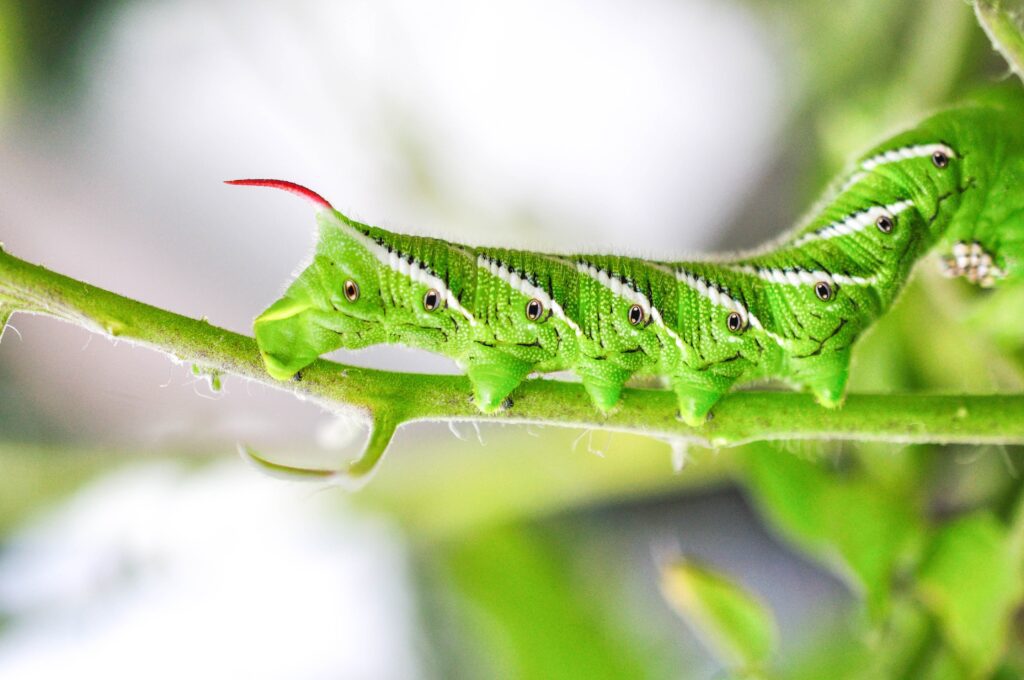
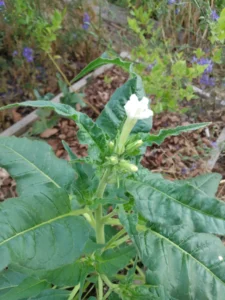
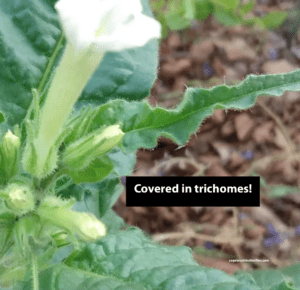
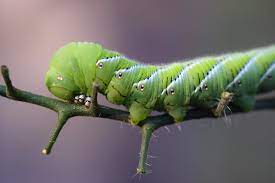
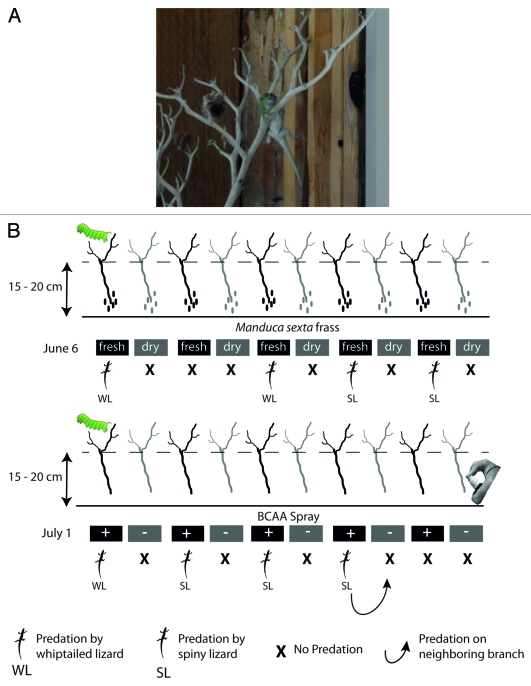



1 thought on “Tobacco Trichomes’ Secret Weapons”
You really should improve your understanding of evolutionary biology. The last sentence of this otherwise informative article pole-vaults to en entirely unsupported and unsupportable conclusion. No need for theist nonsense.